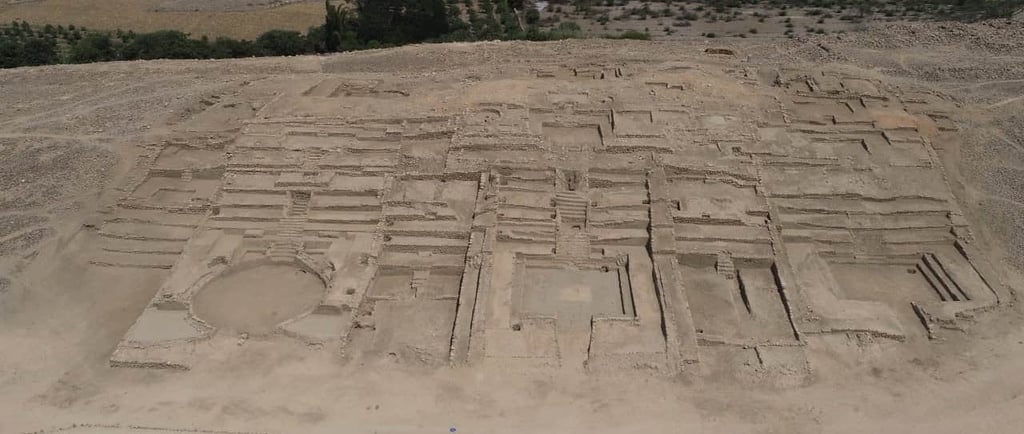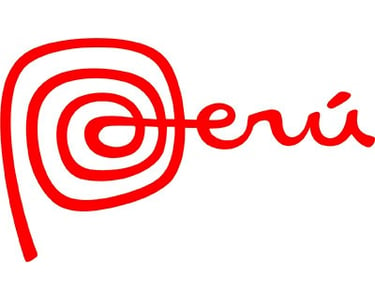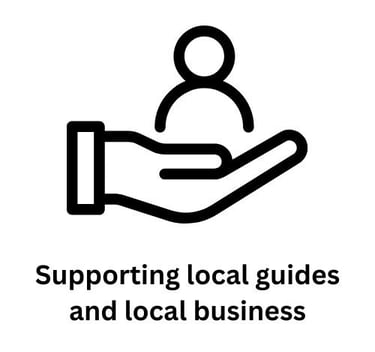Peñico Emerges as Peru’s Archaeological Crown Jewel
Discover Peñico, Peru’s newly uncovered 3,800-year-old city near Caral. Explore its history, architecture, spiritual legacy, and how to visit this extraordinary archaeological site.


Nestled in the Supe Valley of Peru’s Lima region, just 12 km from Caral, lies Peñico — a city dating back 3800 years (circa 1800‒1500 BC), recently uncovered and opened to the public after eight years of excavation led by archaeologist Ruth Shady. Dubbed the “City of Social Integration”, Peñico rewrites narratives about early civilizations in the Americas and offers a vital link between prehistoric urban centers.
1. Historical Context: From Caral to Peñico
The Legacy of Caral–Supe Civilization
The Caral–Supe civilization, also known simply as Caral or Norte Chico, is recognized as the oldest known urban society in the Americas, thriving from around 3500 BC until about 1800 BC. It featured monumental architecture, advanced agricultural systems, and resource trade networks.
Caral’s Decline and the Rise of Peñico
After Caral’s decline — likely due to climate upheavals like droughts and floods — Peñico emerged, carrying forward Caral’s sophistication while forging its own identity. Established between 1800 and 1500 BC, the new settlement inherited Caral’s traditions as well as its trade networks extending to the Andes and Amazon.
Strategic Location and Urban Planning
Peñico was deliberately built on a natural terrace 600 m above sea level, offering flood protection, architectural prominence, and direct access to the Supe River valley. This elevated position allowed it to thrive as a hub connecting coastal, highland, and Amazonian communities.
2. Discoveries and Architecture: Exploring the 18 Identified Structures
Layout and Key Structures
Archaeologists have uncovered 18 structures, including ceremonial temples, administrative halls, and residential complexes. The most remarkable is Structure B2, known as the "Ceremonial Hall of the Pututus", adorned with friezes depicting pututu shell trumpets — possibly used to call gatherings or signal events.
Artifacts and Everyday Life
Excavations revealed:
Unfired clay sculptures of humans and animals
Necklaces and beads made from mollusk shells, rhodochrosite, chrysocolla, and animal bone
Figurines of monkeys, hinting at cultural knowledge of Amazonian fauna
Stone tools like grinders, percutors, and lithic fragments — evidence of advanced functional life.
Trade in hematite, a mineral used for red pigment and Andean ceremonial symbolism, suggests Peñico was key in regional exchange networks.
3. The Connection to Caral: Continuity and Transformation
Peñico is seen as a direct cultural descendant of Caral, sharing architectural styles, ceremonial spaces, and economic orientations. However, it also reflects adaptation — it expanded trade farther into the Andes and Amazon, emphasizing integration during a period of ecological crisis.
This successor city offers valuable insight into how ancient societies responded to climate stress, sustaining cultural identity even amid disruption.
4. Visiting Peñico: What Travelers Should Know
Getting There and Practical Info
Location: Province of Huaura, Lima region; about 180 km north of Lima (~3‑hour drive)
Altitude: ~600 m, offering panoramic views across Supe Valley
Infrastructure now includes visitor centers and guided tours, as part of the official Ruta Caral, alongside Caral, Áspero, and Vichama
Visitor Experience and Opening Ceremony
Peñico opened on July 12, 2025, marked by the inaugural Peñico Raymi festival — a traditional Andean celebration honoring the sun and Pachamama, with offerings, music, and shell trumpet performances.
Highlights to Explore
The Ceremonial Hall of the Pututus: intricate reliefs and architectural symbolism
Residential quarters and layout patterns reflecting urban planning
Artifacts on display, including beads, figurines, and sculptural pieces
Interpretive signage explaining trade routes, ecological strategies, and social contexts
5. Unknown Facts and Fun Curiosities
No Signs of Conflict
Remarkably, archaeologists did not find evidence of defensive walls or weapons, suggesting a society organized around peace, ritual, and cooperation rather than warfare.
A Hub of Pre‑Incan Exchange
Trade artifacts reaching from coastal shells to Amazonian primate figurines demonstrate extraordinary early connectivity — Peñico truly served three geographic zones.
Hematite Trade
The apparent prominence of hematite trade suggests the pigment’s ritual importance—and its movement across regions indicates cosmological as well as commercial value.
Architectural Vision
Constructed to stand out on its hilltop terrace, Peñico’s design was carefully planned to highlight smaller temples and plazas in grandiose relief, serving ceremonial as well as social functions.
6. Why Peñico Matters: Significance and Legacy
Bridging Eras: Peñico fills the historical gap between Caral’s decline (~1800 BC) and the rise of later civilizations like Chavín (~900–300 BC)
Resilience Story: It illustrates cultural continuity through adaptation, ecologically and socially
Cultural Significance: Expands our understanding of pre-Incan identities and trade routes beyond coastal settlements
Tourism Growth: As Peru’s newest heritage site, Peñico joins a growing list of UNESCO-linked zones offering both academic insight and visitor amenities.
7. How to Plan a Visit
Best time: Dry season (May–October) for sunny skies and easier access
Combine Peñico with visits to Caral, Áspero, and Vichama
Guided tours offer rich context on architecture, ritual, and artifact symbolism
Respect site rules: no climbing walls, do not remove artifacts, follow designated paths
On-site amenities: interpretive panels, visitor center, restroom facilities
Stay alert to surrounding land-use issues; site security is being augmented to protect researchers and visitors from illegal encroachment
8. Conclusion
Peñico offers an unprecedented look into a vibrant post-Caral urban civilization, blending ritual spaces, trade functionality, and an open, peaceful society. With its strategic hilltop architecture and evidence of far‑reaching exchange networks, Peñico challenges outdated notions about prehistoric South American communities.
As both an archaeological treasure and emerging tourism destination, it promises to enrich Peru’s heritage narrative—and provides travelers and scholars alike a rare glimpse into how ancient societies thrived through exchange, ceremony, and innovative adaptation.
Ready to Step Into the Origins of Civilization?
If you're inspired by the mysteries of ancient Peru and want to walk through the sacred plazas of Peñico and Caral, let us help you make it happen.
Whether you're a curious traveler, a history buff, or a seeker of powerful places, Let’s Peru It can organize personalized, meaningful experiences to Peñico, Caral, and other hidden archaeological gems of the Supe Valley.
Contact us now to learn about upcoming tours, private excursions, or group adventures tailored to your style.




